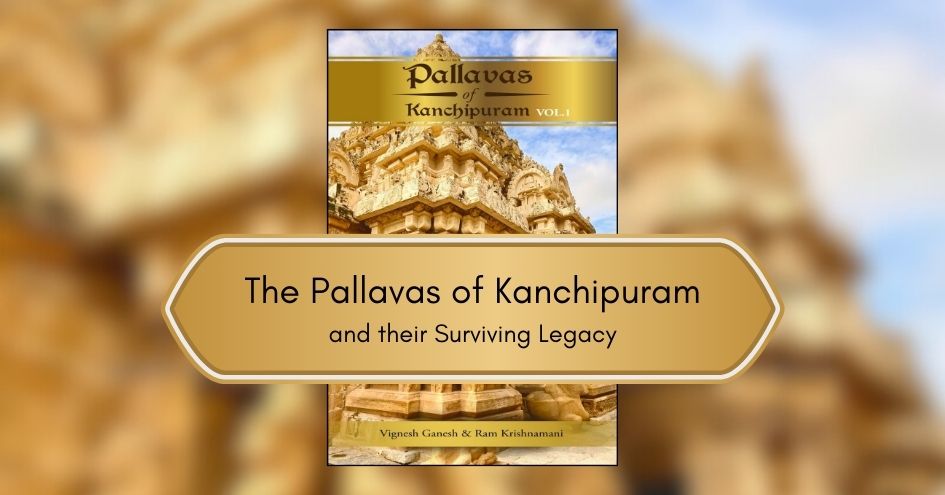
Introduction
In Bharatvarsha, History is not the account narrated by victors. It is the record left behind by survivors. The study of Indian History for the layman has largely focused on empires that have risen and fallen and in the north. However, South Indian History has received increasing attention in recent decades. There is a reason the Cholas loom larger than life in the south. Indian kings and their quests for symbolic immortality have always captured our imagination despite South Indian History being far more nuanced.
Welcome the Pallavas
But, before the medieval Cholas of Thanjavur, let us welcome the Pallavas of Kanchipuram. This little known dynasty controlled parts of southern Andhra and Tamilakam from the 3rd to the 9th Centuries C.E.. This dynasty rose as a dominant power when the Muvendars, i.e. the Cholas, Cheras and Pandyas, were relegated to a minor role in the south.

The Pallavas of Kanchipuram presided over an age when South India graduated from building wooden structures to grand edifices in stone. While wood is a perishable material, the durability of stone allowed their constructions to stand the erosive elements of nature and the march of time. Even among the Pallava kings, certain kings like Mahendravarman I, Narasimhavarman I ‘Mamalla’ and Narasimhavarman II ‘Rajasimha’ stood out as prolific patrons of the arts and furthered the culture of Tamilakam by leaps and bounds.
For instance, the Pallava monarch, Mahendravarman was a gifted man of arts and letters. He spearheaded the age of cave temple construction in Tamilakam with marvellous monolithic structures majorly dedicated to Lord Siva and a few others dedicated to Lord Vishnu. He was a patron of Jainism before becoming an ardent devotee of Lord Shiva and his cave temples reflect this trend as many of the monolithic shrines he patronised were originally Jain by character and were later converted to temple complexes dedicated to Lord Shiva.

A specimen of his appreciation for architecture is the Mandagapattu Trimurti Temple situated in the Mandagapattu village in the Villupuram district of Tamil Nadu, India. This rare cave temple is dedicated to the Hindu Trimurti i.e. Lord Brahma, Lord Vishnu and Lord Shiva. While temples and shrines in India are built or constructed to commemorate deities, cave temples are unique because they are not exactly constructed. Construction is the process of adding things or materials together to form buildings and structures. However, on the contrary, cave temples do not come into existence by the addition of construction materials, but by the removal of materials, primarily stone, usually from mountain faces or large boulders. In the Mandagapattu cave temple, Mahendravarman captures the intrinsic nature of cave temples mentioned above and his greatness at having achieved the “construction” of this splendid creation, by having the following verse inscribed (provided in the image below) on one of its pillars-
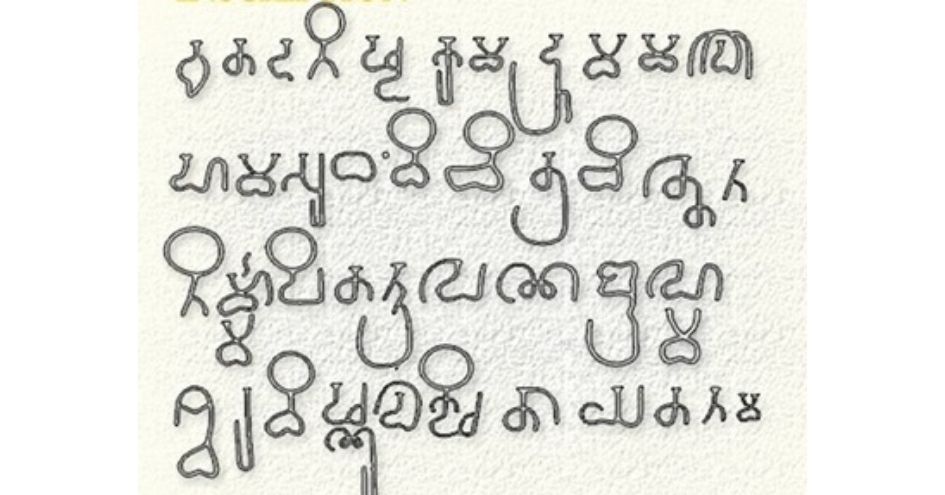
Picture : Image credits- R balaji69/Wikimedia Commons
The transliteration of the above verse in the Grantha script in Devanagari is as follows:
अतद्निष्टकंद्रुं[मलो]-
हमसुधं [विचित्रचि]त्तेन
निम्मर्पितन्न्रपे[ण] ब्रह्मो –
श्वरविष्णुल[क्षि]तायनं
The meaning of this simple yet sophisticated verse is as follows:
"The temple dedicated to Brahma, Shiva and Vishnu was excavated by Vichitrachitta without using brick, timber, metal and mortar".
The name Vichitrachitta is a pseudonym of King Mahendravarman which shows us how he viewed himself as a curious yet visionary king.
Mahendravarman is also known to have called himself Chitrakarapuli, meaning a tiger among painters. While these are grand titles, they did hold some truth. He oversaw the founding of Mamallapuram, known otherwise as Mahabalipuram. The city is a beautiful port city which is full of architectural wonders left behind by King Mahendravarman and his descendants.
Mahendravarman’s son, Narasimhavarman Mamalla took his father’s kingdom to new heights by turning the fledgling foundation into a flourishing port named after Mamalla today. Kanchipuram became one of the prominent centres for literature as luminaries like Dandin graced Narasimha’s court. He crushed the arch-rivals of the Pallavas, the Chalukyas of Badami, decisively in the Battle of Vatapi (Badami) in 642 C.E.. This military achievement made the Pallavas a force to be reckoned with in the Deccan and unchallenged by any other power in the south.
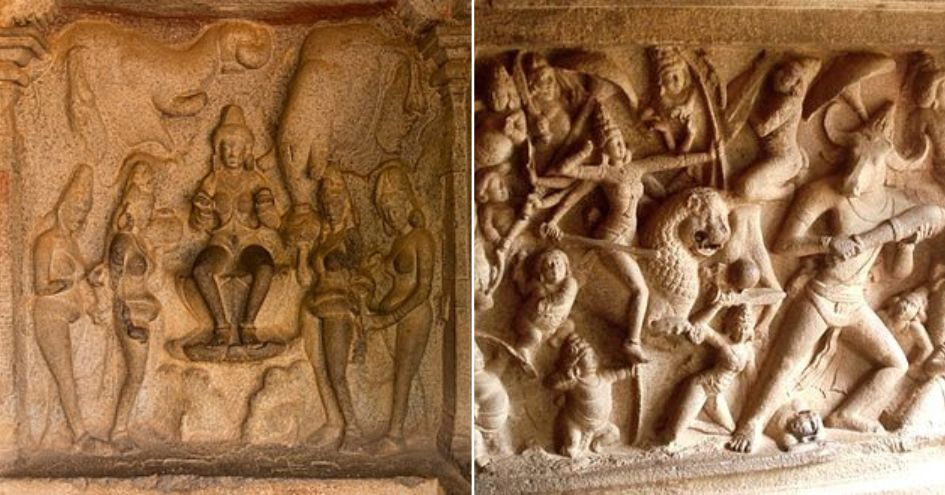
Narasimhavarman Rajasimha was another scion of the Pallava dynasty, oversaw the transition from cave temples to structural mega complexes as Hinduism made a powerful comeback across Bharatvarsha. Rajasimha presided over the construction of the great Kailasanathar Temple complex around 700 C.E. in Kanchipuram. The temple complex is an architectural marvel that inspired temple complexes like the Virupaksha Temple in Pattadakkal, Karnataka by the Badami Chalukyas and the megalithic construction of the Kailasa Temple in Ellora by the Rashtrakutas of Manyakheta. He is also credited for the iconic Shore Temple that stands as a magnificent structure on the sands of Mamallapuram as a lone remnant of the once sprawling temple complex known only to foreigners as the “Seven Pagodas”.
The Pallavas would eventually give way to the resurgent medieval Cholas who took the southern empire beyond the borders of mainland India. The Pallavas inspired Chola sculpture and architecture by passing down temple-laying techniques that further evolved under the Cholas. The Pallava Grantha script (a prominent example is the verse provided in Pic 1 above), was largely developed during the Pallava epoch which inspired numerous Southeast Asian scripts like Khmer, Javanese, Thai and Lao scripts due to their patronage of seafaring merchants who carried Indian culture across the seas to Southeast Asia.
Conclusion
The Pallavas of Kanchipuram occupy a mere footnote in the endless tome of Indian History. But, that does not relegate them to obscurity. In fact, it only makes their legacy all the more relevant for withstanding a thousand years of hostile natural elements, human agents and the inevitable march of time. While this article merely gives you a glimpse into the lives of this captivating dynasty, if you are interested, you can dive into the book “Pallavas of Kanchipuram-Volume 1” for additional details!
 Vignesh Ganesh is a lawyer and writer. He is interested in ancient history and Itihasa and this interest culminated in his first book, "The Pallavas of Kanchipuram: Volume 1", which he co-authored with Mr. K. Ram, a fellow enthusiast of Indian history and culture.
Vignesh Ganesh is a lawyer and writer. He is interested in ancient history and Itihasa and this interest culminated in his first book, "The Pallavas of Kanchipuram: Volume 1", which he co-authored with Mr. K. Ram, a fellow enthusiast of Indian history and culture.
PREVIOUS ARTICLE
NEXT ARTICLE
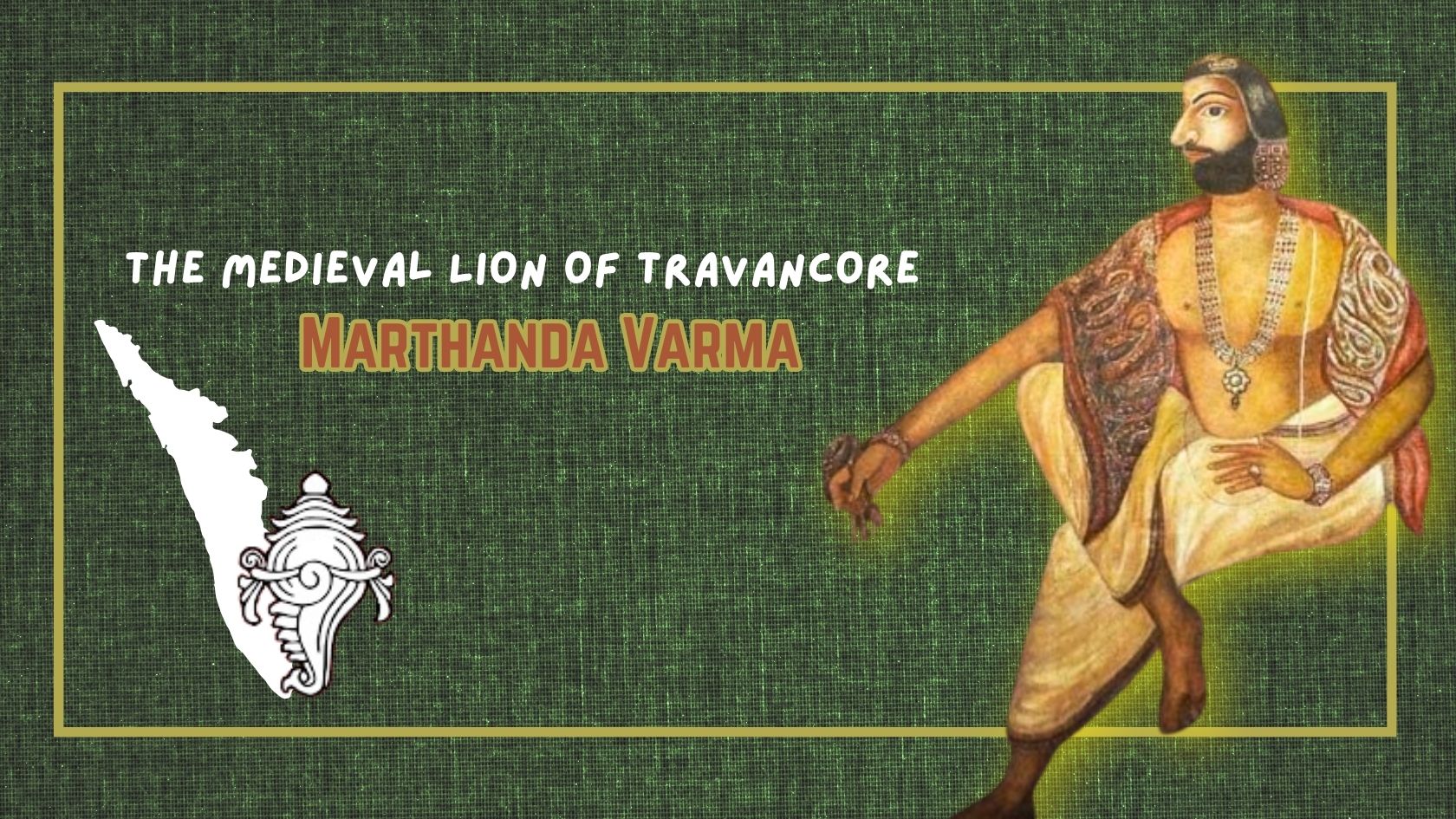
Shri Ramachandra Prasad's captivating narrative and the hot chai that was served at the right time transported me to ancient Kerala, where the extraor...
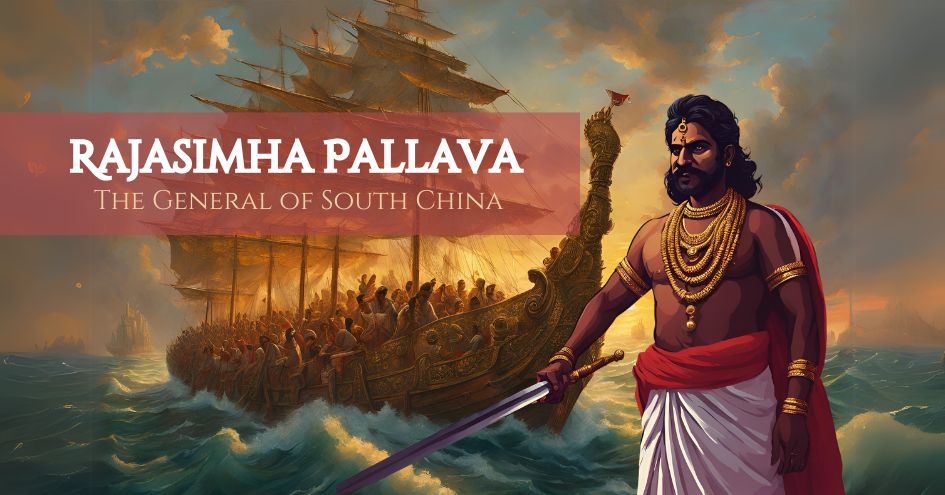
It is the first-half of the 8th Century C.E. in South India. The Pallava kingdom possesses strength and prosperity with some of the greatest monument...
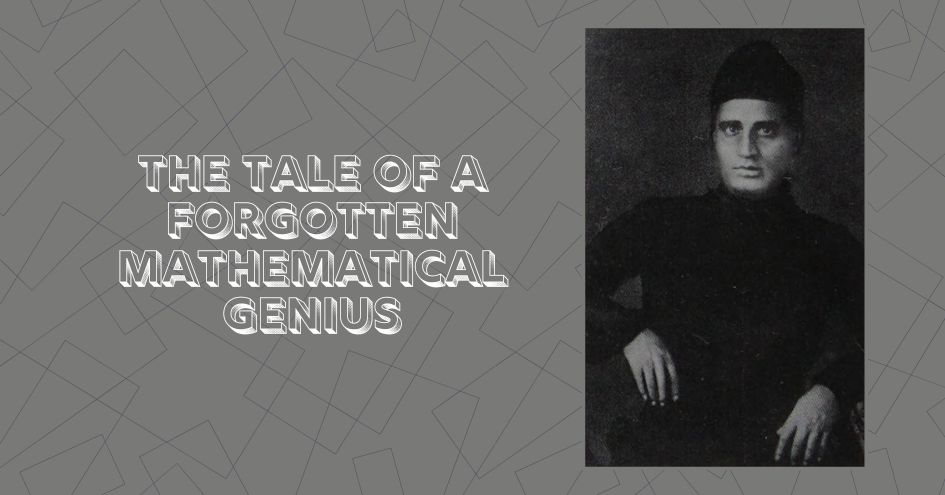
The year is 1802. Lt. Colonel William Lambton, an officer of the British Infantry who had been part of the the 4th Anglo-Maratha war and Siege of Seri...